On August 20, the domestic stand-alone game masterpiece “Black Myth: Wukong” was unlocked simultaneously around the world. The game was hailed by netizens as the “light of domestic games”.
According to statistics, the daily sales revenue of the listing exceeded 1 billion yuan, setting a new record for domestic games.
It is worth mentioning that there are a lot of elements about ancient buildings, statues and murals in Shanxi.
According to incomplete statistics, the game has 36 filming locations in China, 27 of which are from Shanxi, and most of them are scanned by the main creators.
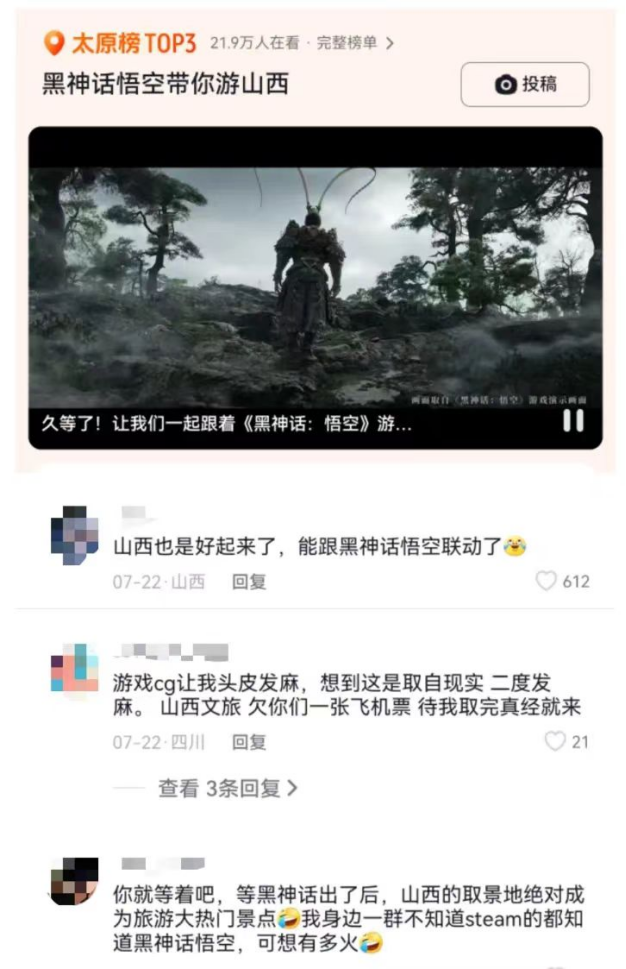 [/p>
[/p>
As the saying goes, “Look at Shanxi in the ground.” As the province with the most ancient buildings in the country, Shanxi Province can be said to be as long as you look up, there are traces of history everywhere.
According to incomplete statistics, there are 53,875 immovable cultural relics in Shanxi, of which 28,027 ancient buildings, accounting for about one-tenth of the country; there are 531 key cultural relics protection units in the country, ranking first in the country. Among them, the Yuan Dynasty Cinema 1950 witch cloth draw and the former wooden ancient buildings, accounting for more than 80% of the country.
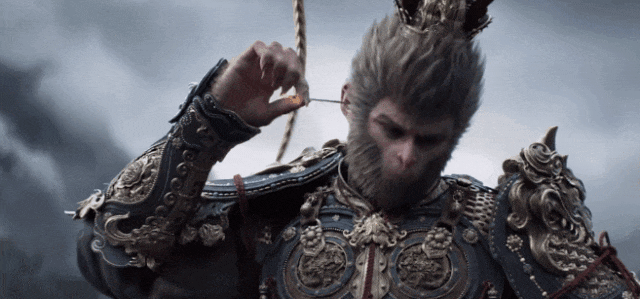
From the Yuhuang Temple in Jincheng, Xiaoxitian in Xixian to Shuozhou Chongfu Temple, Xinzhou Foguang Temple… “Black Myth: WukongKomiks 1960 witch cloth draw” not only restores the exquisite statues spread throughout the land of Shanxi Province to life, but also deeply restores a large number of details of ancient buildings in Shanxi Province. Every level of the game allows players to touch the Chinese culture, and indulge in the plot.
Today, let’s take a look at the stunning Shanxi architectural monuments in “Black Myth: Wukong”.
Datong: Yungang Grottoes, Hanging Temple, Jueshan Temple, Shanhua Temple, Yong’an Temple
Shuozhou: Chongfu Temple, Yingxian Wooden Pagoda
Xinzhou: Foguang Temple, Nanchan Temple
Jinzhong: Zhenguo Temple, Shuanglin Temple
Linfen: Xiaoxitian, Guangsheng Temple
Cinema 1950 witch clothes, Chongqing Temple
Jincheng: Jade Emperor Temple, Iron Buddha Temple, Xixi Erxian Temple
YunCinema 1950 witch clothes draw city: Stork Tower, Yongle Palace, Guandi Temple

01 Datong Chapter
Yungang Grottoes
Yungang Grottoes
Yungang Grottoes
Yungang Grottoes
Yungang Grottoes
The Yungang Grottoes are located on the southern foot of Wuzhou Mountain in the western suburbs of Datong City, Shanxi Province, China. It is one of the famous grotto groups in China.
Komiks 1960 witch cloth drawYungang Grottoes were built in the Northern Wei Dynasty. They are not only a treasure house of Chinese Buddhist art, but also an important part of the world cultural heritage. They attract a large number of tourists and scholars to visit and study every year.
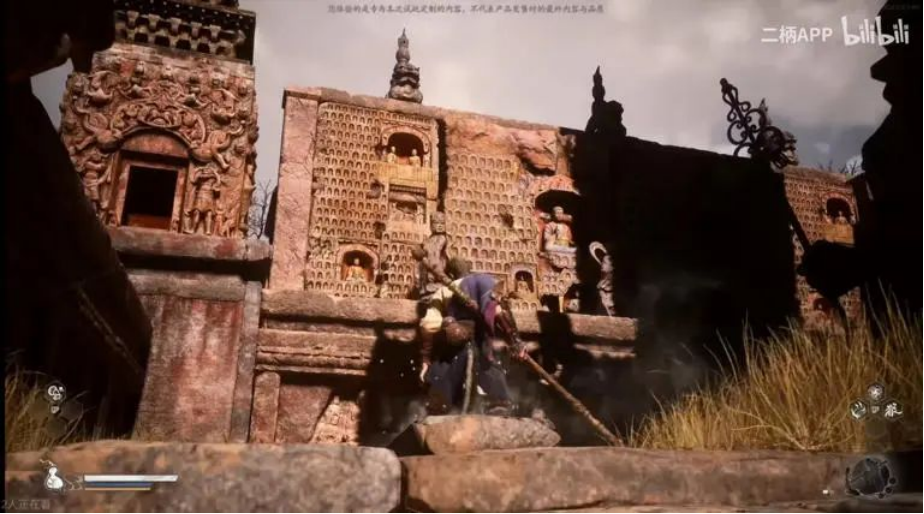

Hangkong Temple
Hangkong Temple is located between the cliffs of Cuiping Peak on the west side of Jinlong Gorge in Hengshan, Hunyuan County, Datong City, Shanxi Province. It was originally called “Xuankong Pavilion”. The Hanging Temple was first built in the late Northern Wei Dynasty (491) and has been around for more than 1,500 years. It is a unique temple that combines Buddhism, Taoism and Confucianism.
The “Hanging Temple” building is very distinctive, with a steep and steep position that is facing the abyssIt is famous for its slang “Hanging temple, half a day high, three ponytails hanging in the air”, and is famous for its steepness facing the abyss. Perhaps only when you really stand by the hanging temple, as if hanging between heaven and earth, can you personally feel the fusion of ancient and modern.
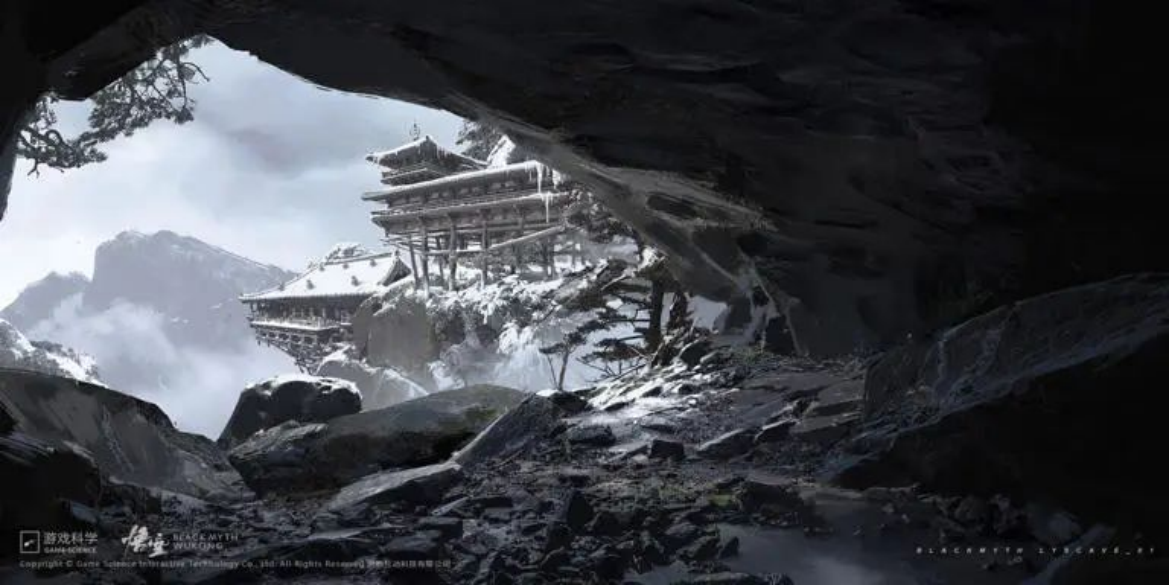
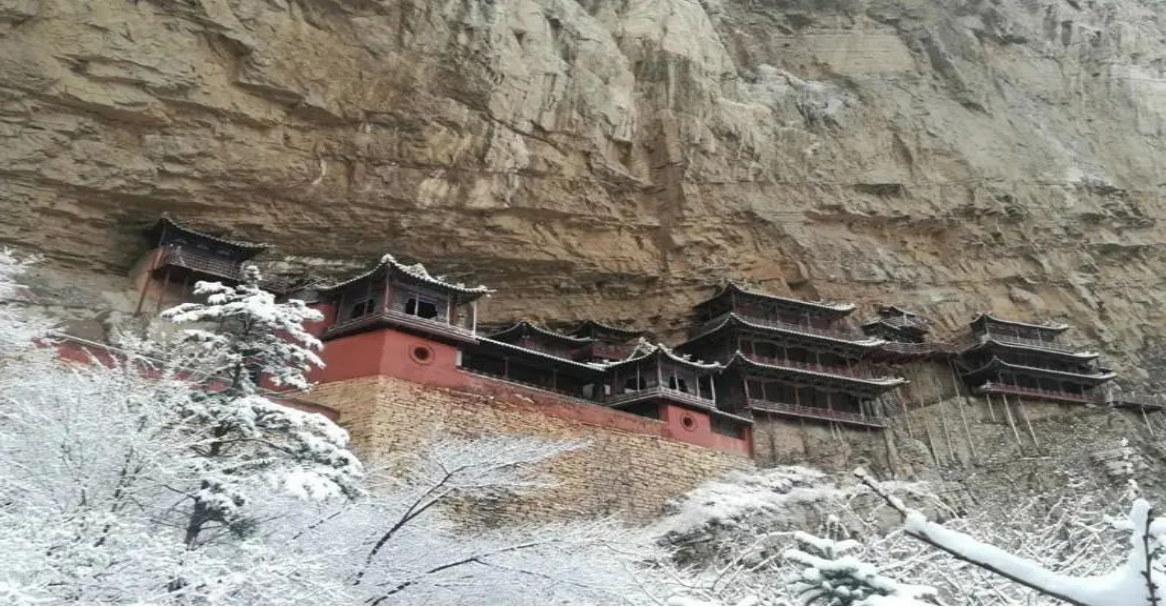
02Shuozhou Chapter
Chongfu Temple
Chongfu Temple, an ancient name from Lin Yayuan, is located in Shuocheng District, Shuozhou City, Shanxi Province. Chongfu Temple faces north and south, with a magnificent scale and magnificent momentum. There are five courtyards in front and back of Chongfu Temple, and the central axis is arranged in sequence, including the mountain gate, the Vajra Hall (Tianwang Hall), the Thousand Buddha Hall, the Three Treasures Hall, the Amitabha Hall and the Guanyin Hall. There are bell towers on the east and west sides from front to back Komiks 1960 witch cloth draw, Drum Tower, Manjushri Hall (West Side Hall) and Ksitigarbha Hall (East Side Hall).
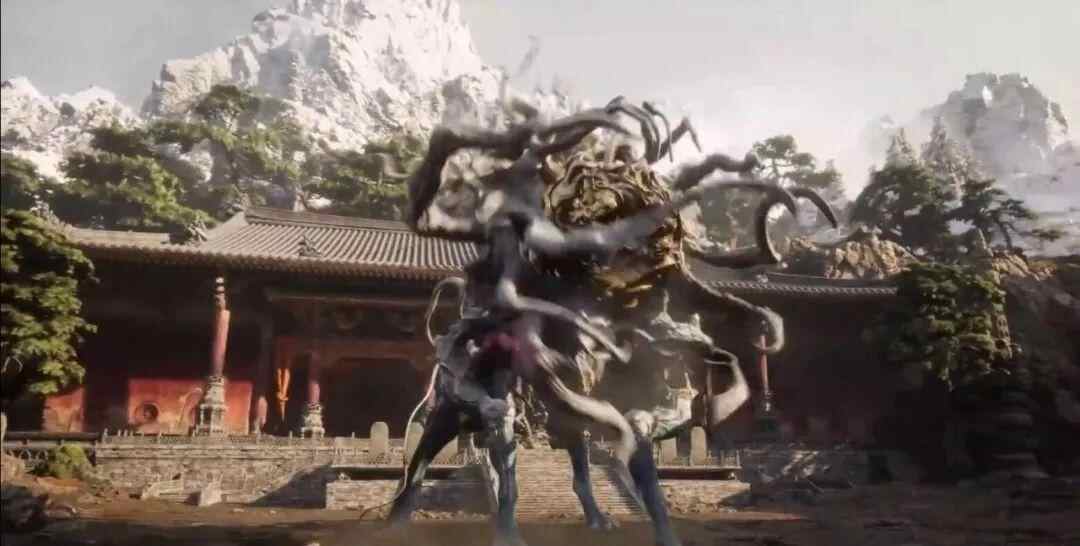
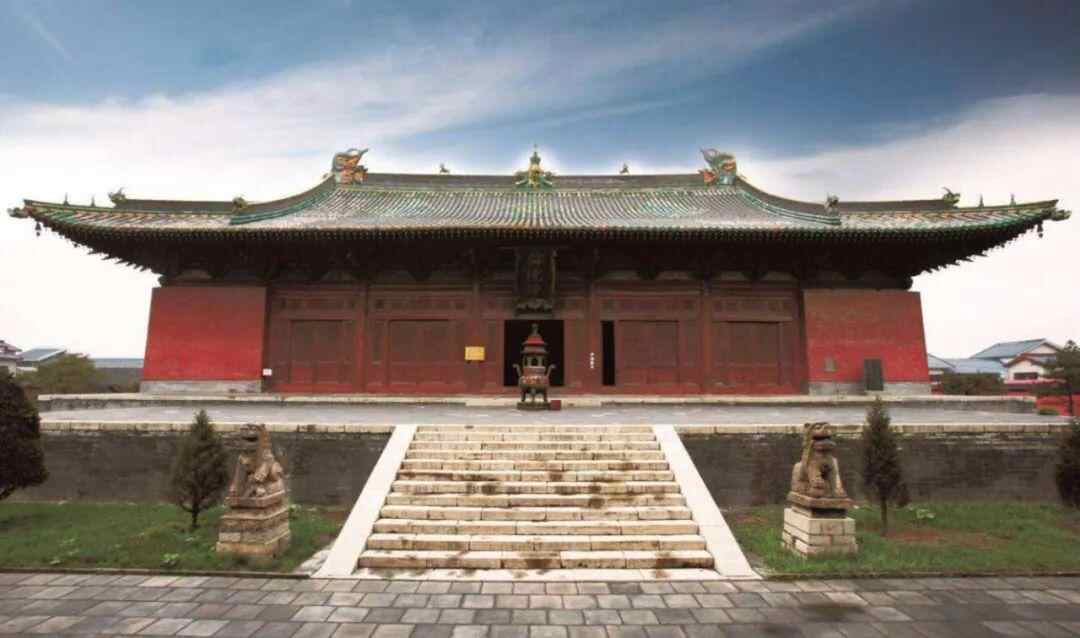
Yingxian Wooden Tower
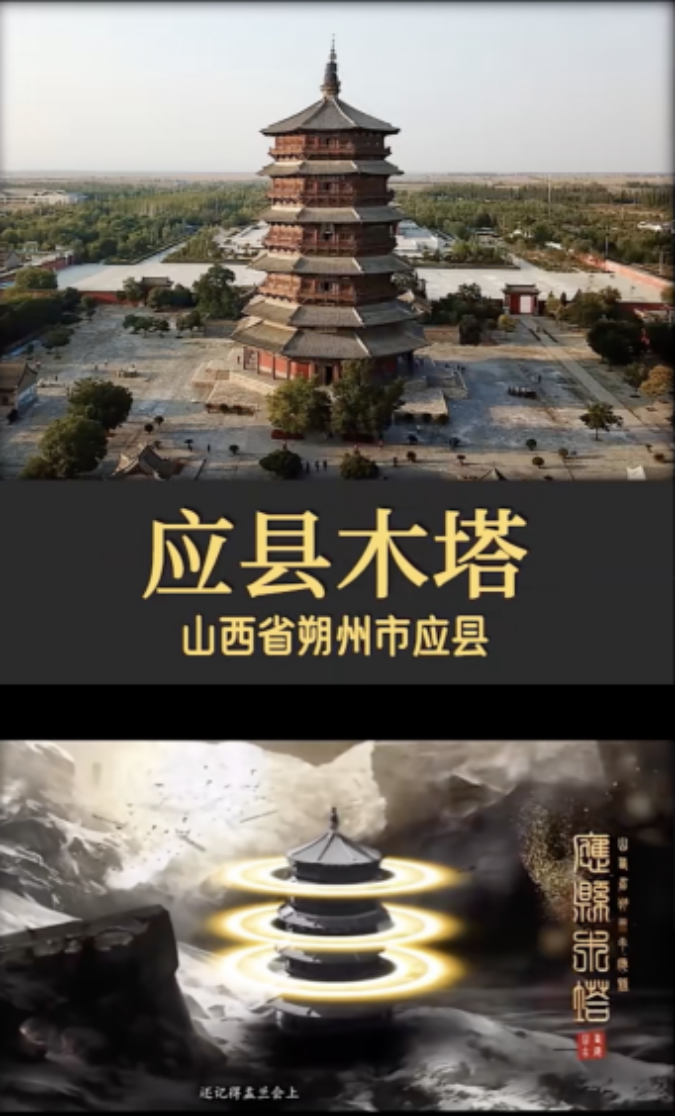
Fogong Temple Sakyamuni Pagoda, also known as Yingxian Wooden Pagoda, is located in Yingxian Fogong Temple in Shuozhou City, Shanxi Province. It was built in the second year of Qingning in Liao (1056). It is the largest and oldest pure wood structure pavilion-style building in the world. It is known as the “three most genius towers in the world” together with the Leaning Tower of Pisa, Italy and the Eiffel Tower in Paris.
03 Xinzhou Chapter
Wutai Mountain Sutra Tower—Fuguang Temple
“Big Foguang Temple, the country’s treasure Komiks 1960 witch cloth draw.” Foguang Temple is located in Foguang New Village, Wutai County. It is one of the only four ancient Tang buildings in China that have remained in the Cinema 1950 witch cloth draw. The essence of Foguang Temple is especially the East Hall.
In 1937, architect Liang Sicheng and his wife Lin Huiyin came to Foguang Temple for inspection and mapping, confirming that the East Hall of Foguang Temple was a Tang Dynasty building and called it “China’s No. 1 national treasure”, breaking the assertion of foreign scholars: there are no wooden structures of the Tang Dynasty and its previous ones on the land of China.

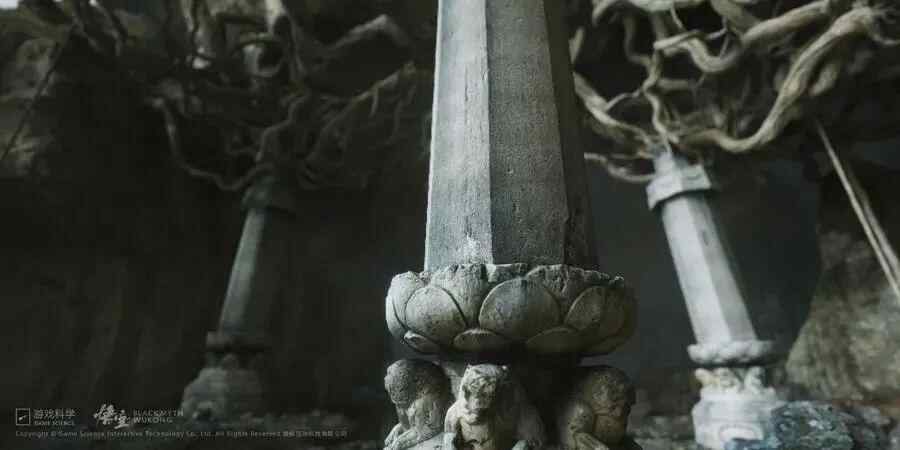

Yanqing Temple

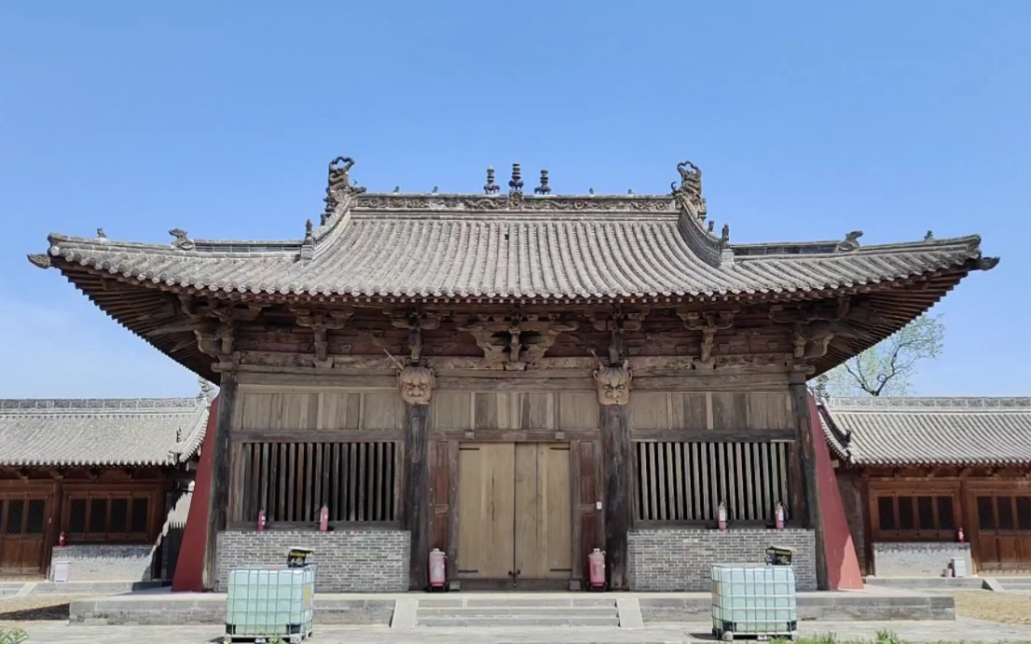
Yanqing Temple is located in Shanwen Village, Yangbai Township, northwest of Wutai County, Shanxi Province. It covers an area of 1,040 square meters. Its original date is unknown. It is the sixth batch of national key cultural relics protection units.
The temple has a unique structure, and the techniques of playing heads, tween, slanted arches and hump peaks in the architectural shape are similar to those of the Manjushri Hall of Foguang Temple in the territory.
04 Jinzhong Chapter
Shuanglin Temple
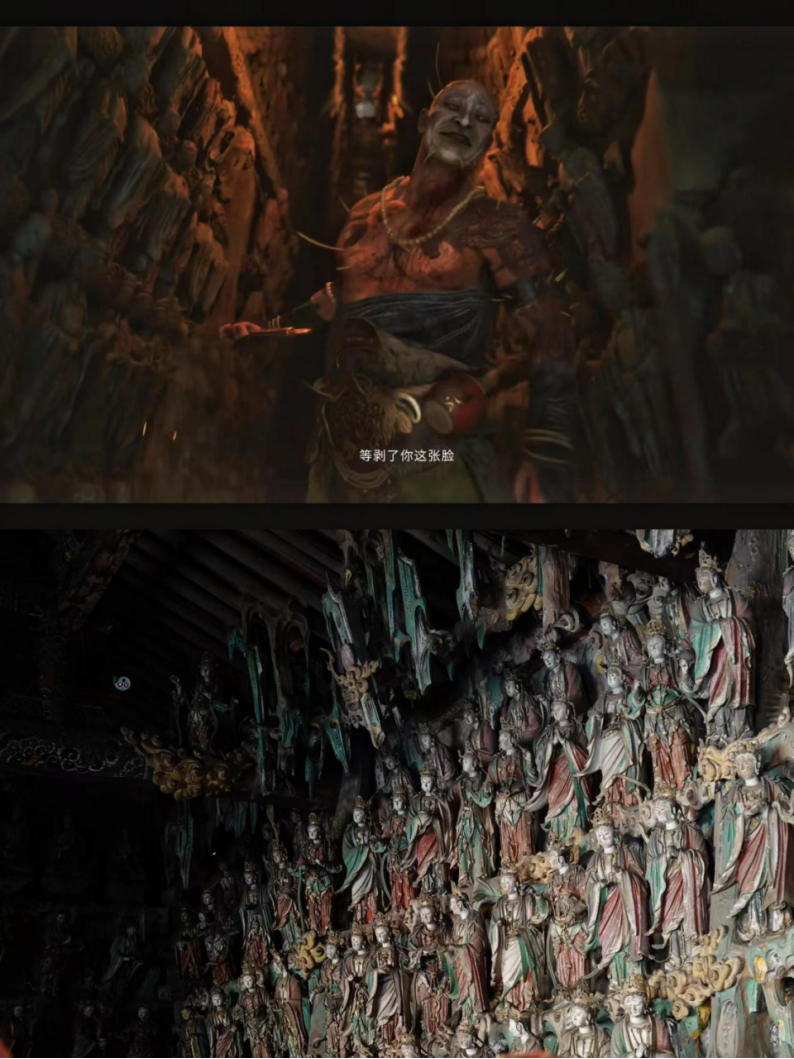
More than 12,700 color sculptures exist in Shanxi, and one place in Pingyao Shuanglin Temple accounts for one sixth.
Shuanglin Temple is located in the north of Qiaotou Village, Zhongdu Township, Pingyao County, Jinzhong City, Shanxi Province. It consists of two parts: east and west, and is located along the central axis with a three-enter courtyard. The temple was supposedly built between the Northern Wei Dynasty and the Wuping period of the Northern Qi Dynasty (386-571 AD). It was rebuilt many times in the Ming and Qing Dynasties. It is famous for its color sculptures and is known as the “treasure of Eastern color sculpture art.” Cinema 1950 witch cloth draw
05 Linfen Chapter
Xi County Xiaoxitian——Famous sceneKomiks 1960 witch cloth draw“Birthplace”
In “Black Myth: Wukong”, the grand background of Qianfo’an is cleverly integrated into the game scene, presenting players with exquisite and delicate pictures. Some famous scenes in the game, such as “Why don’t you worship after seeing the future?”, are shot here, and the famous scenes that attract many gamers, and are shot in the art of hanging sculpture in Shanxi!

When it comes to hanging plastic, we have to mention Xiaoxitian, Linfen, which can be called the “masterpiece” of Chinese hanging plastic art.
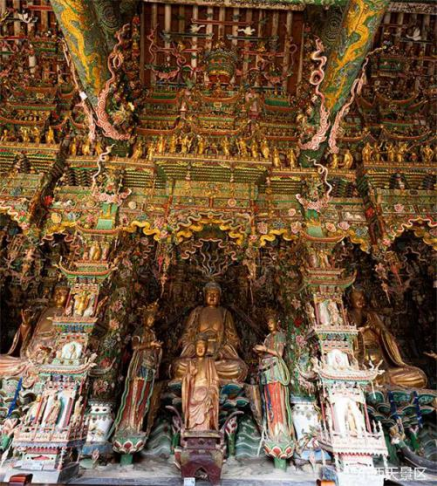
Xi County Xiaoxitian, also known as Qianfo Temple, was built in the second year of Chongzhen in the Ming Dynasty and is located on the cliff of Fenghuang Mountain Babaylan 1990 cloth draw.
Thousands of colored sculptures are concentrated in the Great Hall with a construction area of only 170 square meters. The pastels are decorated in magnificently, with different postures and vividness, as if telling the world an ancient legend, showing the four words “small, clever, exquisite, and strange” to the fullest.

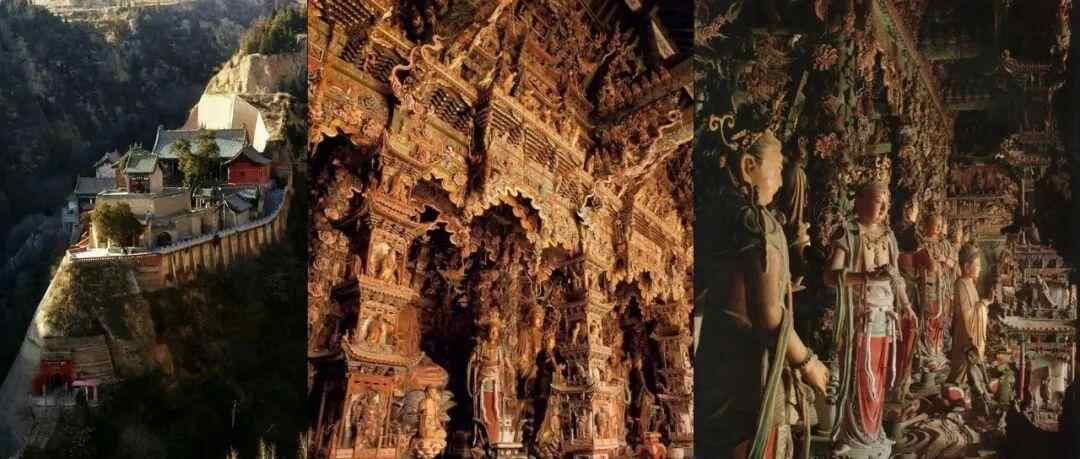
Guangsheng Temple
Guangsheng Temple
Guangsheng Temple is located in Hongdong County, Linfen City, Shanxi Province. The temple was built in the first year of Jianhe (147) of Emperor Huan of the Eastern Han Dynasty. It has been rebuilt for more than a thousand years. Its existing mainly consists of Ming Dynasty buildings, and its structure remains in the style of the Yuan Dynasty.
The Flying Rainbow Glass Pagoda in Shangsi is the tallest glaze pagoda in China; the murals of the Yuan Dynasty of the Water Temple in Xiasi are the only existing examples that do not express Buddhism and Taoism; “Zhaocheng Jinzang” is among the treasures of the four major museums of the National Library. Feihong Tower, “Zhaocheng Jinzang”, and Yuan Dynasty murals of the Water God Temple are also known as “The Three Great Sages of Guangsheng”.
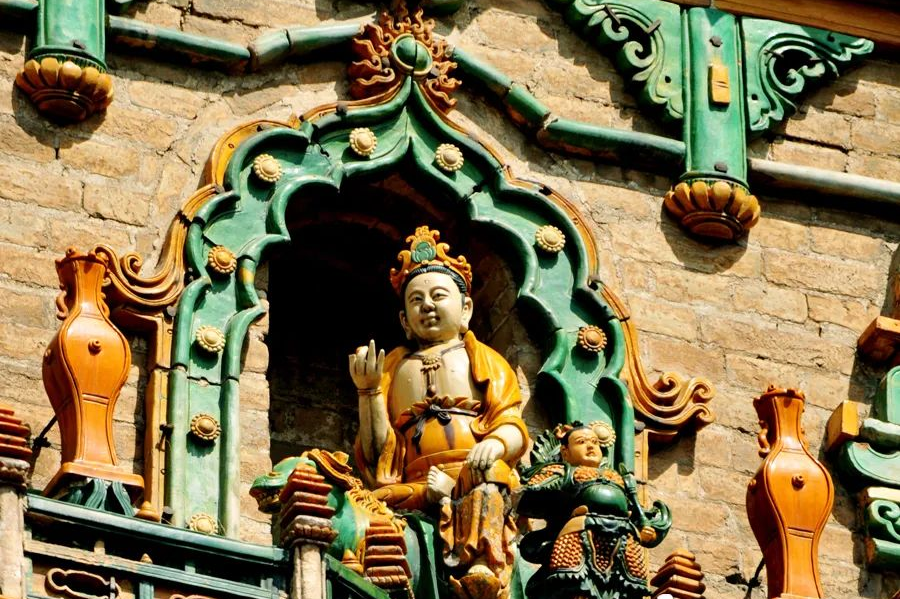
06Changzhi Chapter
Guanyin Hall

Guanyin Hall, an ancient building located in Liangjiazhuang Village, Daxinzhuang Town, Luzhou District, Changzhi City, was built during the Wanli period of the Ming Dynasty. After more than 400 years of vicissitudes, it still stands on this land, attracting the attention of countless tourists with its unique charm.
07 Jincheng Chapter
Babaylan 1990 cloth drawYuhuang Temple
Does the color sculptures in the temple appear in the game video and the color sculptures that Wukong faces also look familiar?

Yuhuang Temple, located on the Beigang of Fucheng Village, about 13 kilometers northeast of Jincheng District, Shanxi Province, is the most well-preserved and most complete Jade Emperor Temple in Jincheng District. The Twenty-Eight Constellations Hall is located in the west wing of the backyard, with brick-built divine platform, and the Twenty-Eight Constellations Star Lord statue is surrounded by three sides of the south, west and north. It is the most valuable cultural relic in the Yuhuang Temple in the Fucheng City.
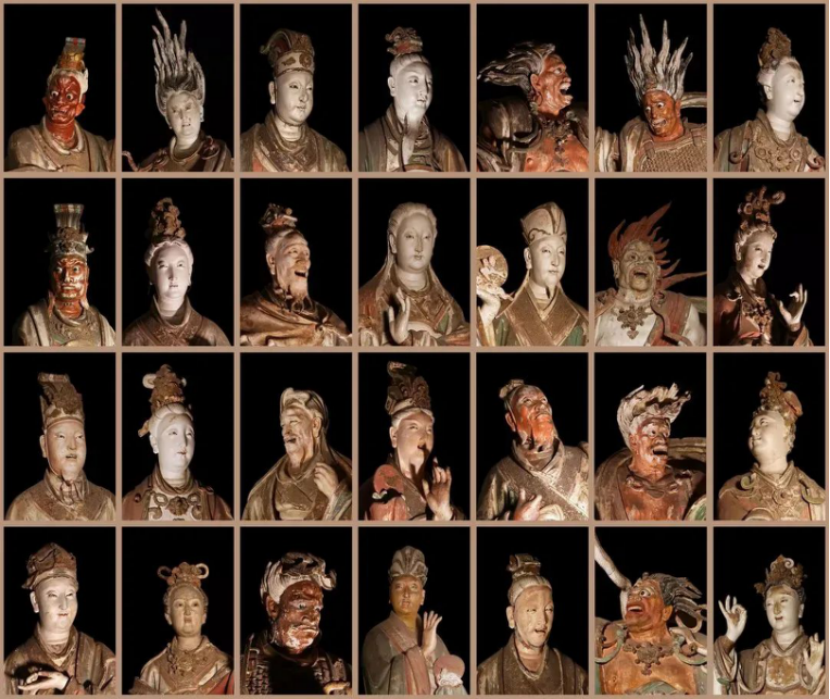
The height of the statues is about 1.8 meters, and the twenty-eight constellations are wonderful. Each constellation has a small animal attached to it, and its shape is really good.
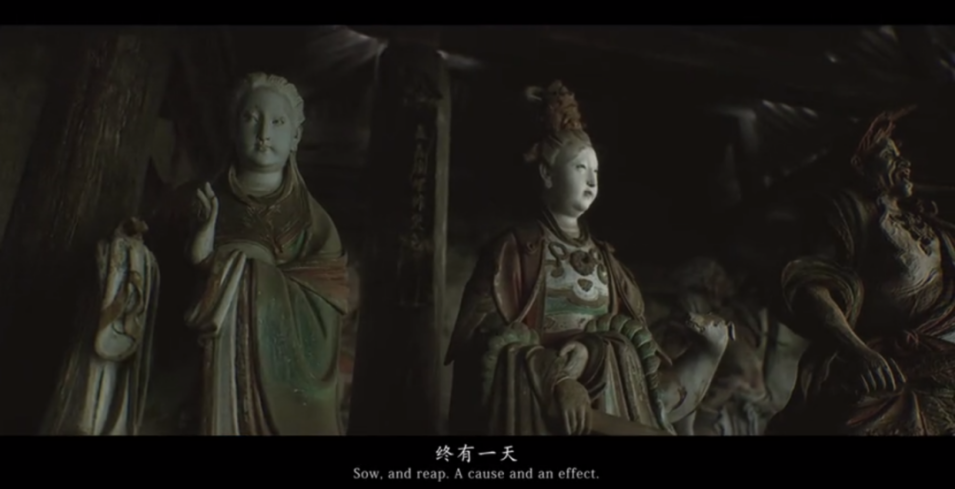
In the game, players can view the open-air statues of the Jade Emperor Temple and the Twenty-Eight Star Constellations at the close range. Komiks 1960 witch cloth drawThese replica images perfectly show the unique style and aesthetic taste of the temple buildings of the Song Dynasty, making players feel as if they are in a thousand-year-old temple, feeling the heaviness of history and the depth of culture.

The prototype of the stone statue transformed by the protagonist is the room fire pig among the twenty-eight constellations.
Iron BuddhaCinema 1950 witch cloth drawTiefo Temple is located in Mixi Village, five kilometers southeast of Babaylan 1990 cloth draw District, Gaoping City. It is the eighth batch of national key cultural relics protection units.
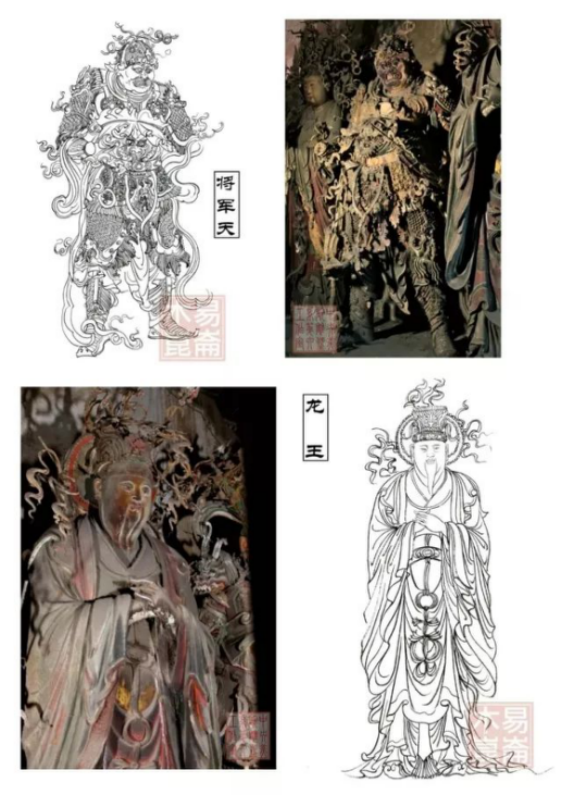
The Iron Buddha has been destroyed, but the name is still used. The colored sculptures in the Iron Buddha Temple are unique among the ancient Chinese temples and temples. They are rare treasures of ancient sculpture art in our country.
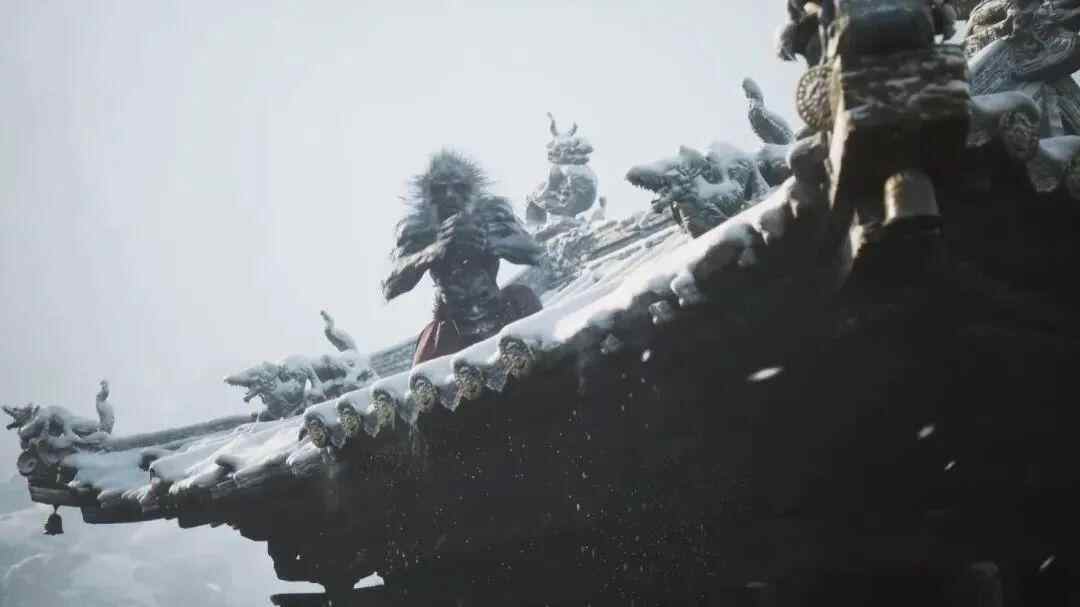
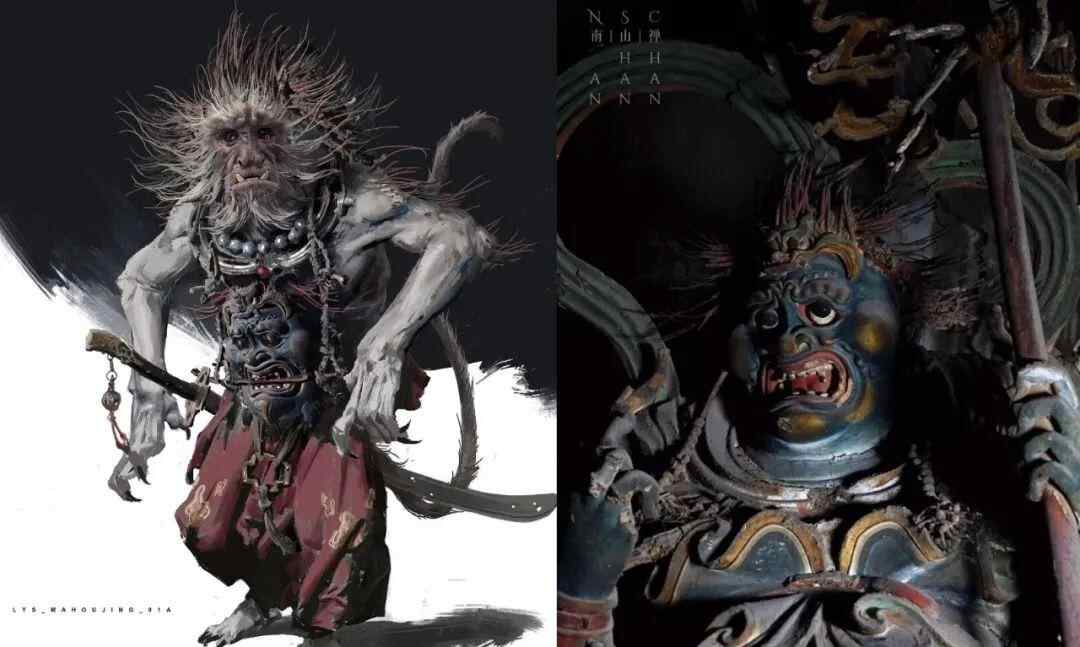
08 Yuncheng Chapter
Feiyun Tower, Qiufeng Tower
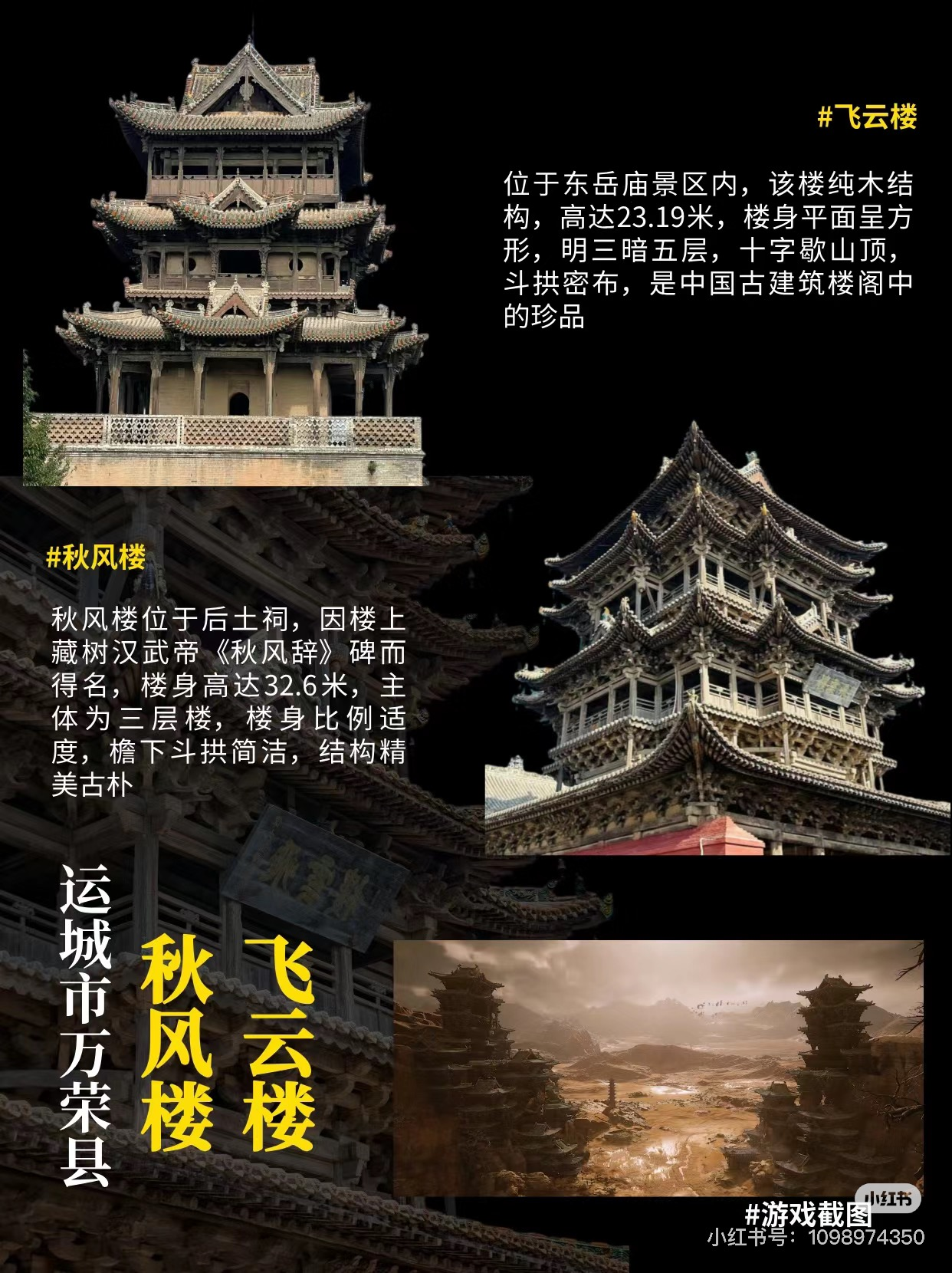
The Sanqing Hall of Yongle Palace: The Palace of Mural Art
The Sanqing Hall of Yongle Palace is another ancient Shanxi building that was cleverly learned from “Black Myth: Wukong”. As the largest and most complete Taoist palace that has been discovered and preserved in our country, the Yuan Dynasty murals in Yongle Palace occupy an important position in the history of Chinese painting. These Babaylan 1990 cloth draws murals show the Taoist culture with their rich colors, vivid images and profound meanings..com/”>Babaylan 1990 cloth drawBroad and profound.

In the game, although the full picture of these murals cannot be directly seen, the production team uses delicate style and careful design, Cinema 1950 witch clothes draw integrates the elements of the mural into the game scene, allowing players to feel the unique charm from ancient art during the exploration process.
This linkage between “Black Myth: Wukong” and Shanxi’s Komiks 1960 witch cloth draw also brings ancient buildings into the public’s vision again. Ancient buildings, a precious historical and cultural heritage, have also been innovatively spread by the public’s familiarity and sharing.
Everyone has a mythical world in his heart. Ancient buildings are hometowns, cultures, and the romance of the Chinese people engraved in their bones. Carved beams, painted buildings, flying eaves and brackets… What the ancient buildings in Shanxi belong to the Journey to Shanxi is Komiks 1960 witch cloth draw‘s historical memory and rural feelings. In the game, the ancient buildings in Shanxi are no longer static historical sites, but are transformed into vivid story scenes, making players feel like they are traveling through time and space and in a mythical world full of fantasy colors. Therefore, when the ancient buildings in Shanxi encounter domestic games, they once again showed the legend Babaylan 1990 clothes drawThe charm of traditional culture is not out of date. They carry our memories and emotions in a unique way.
The ancient buildings in Shanxi allow more people to see the romantic and magnificent China, and see the Chinese stories and Chinese art full of imagination and craftsmanship. Then try to come to Shanxi. Those mythological stories, imaginary pictures, and scenes in the game may all be able to find the answers in Shanxi.